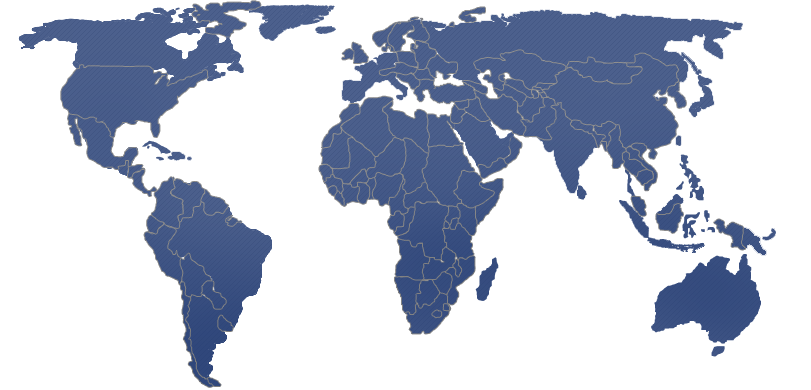In the first blog post of this two-part series, we defined underrepresented minorities in the context of college admissions. This group of applicants is usually made up of black, Hispanic, and Native American applicants, who have historically experienced low admission rates. Other ethnic minorities, such as Asian-American applicants, are not included in this group because they enjoy high enrollment levels at top colleges.
In this post, we explain why top colleges strive to promote diversity through unrepresented minority admissions and provide Ivy League admission tips for unrepresented minority applicants.
Diversity, Equal Opportunity, and Affirmative Action
The key factors driving underrepresented minority admissions on top college campuses are a desire for diversity and equal opportunity coupled with affirmative action policies.
Of course, colleges value diversity on campus. But top colleges seek to balance diversity with an admissions process built around principles of equal opportunity and merit.
On the one hand, colleges strive to carefully shape each class into a diverse group of premier students. At the same time, these schools strive to promote an admissions environment of equal opportunity. These two goals, along with the special priority given to legacy applicants, are often in conflict. Selecting students based on how they will make a college more diverse tends to result in stronger consideration going to one applicant over another equivalent choice. And prioritizing legacy applicants both affects a class’s diversity and demonstrates a lack of equal opportunity.
To confound the situation further, affirmative action also plays a role in admissions. Affirmative action policies favor neither diversity nor equal opportunity—these measures seek to remedy past and current discrimination, particularly against African Americans.
The result of these conflicting priorities is a somewhat messy, relatively subjective system, and admissions officers cannot typically provide substantive rationale for why some students are admitted over others.
Minority Recruitment and Admission
Top colleges are concerned with keeping a high enough level of underrepresented students, and so they actively recruit black, Hispanic, and Native American high school seniors. Recruitment efforts involve paying for qualified underrepresented minority applicants to visit the college and maintaining admissions staff specifically for recruiting such students.
The admissions process for underrepresented minority applicants is the same as the process for all other students, but like athletes, legacies, and other applicants with hooks, underrepresented minority applicants are evaluated using different standards. This doesn’t mean that underrepresented minority applicants have a lower standard or are not otherwise qualified to attend a top college, but it does mean that the diversity these applicants bring to the college is counted as an asset.
Strategic Considerations for Underrepresented Minority Applicants
Like the other hooks in college admissions, an applicant cannot control whether they are part of an underrepresented minority group. But applicants can choose how to use that in their admissions profile.
The key strategy for underrepresented minority applicants is the same strategy for all applicants: develop the strongest possible academic record by taking advantage of every possible opportunity for rigorous course work, score well on entrance exams, engage in relevant extracurricular activities, and create a compelling personal narrative.
Beyond this, underrepresented minority applicants can emphasize aspects of their lives that add to the diversity of top college campuses.
And if you identify as part of an underrepresented minority group, you should indicate your ethnic background on the college application.
As we’ve seen, the basic strategies for all college applicants—including minorities—are essentially the same. Contact Ivy League Prep for personalized guidance on how to get admitted to the school of your choice.






